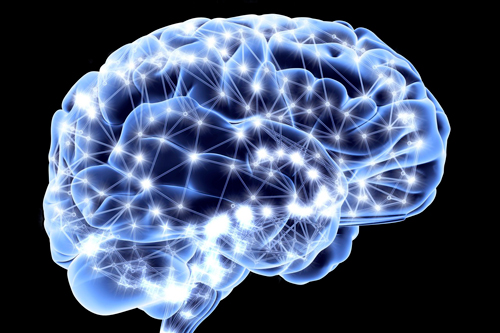
Attention deficit hyperactivity disorder (ADHD) has had a high profile in mental health in recent years, with new research on its surprising frequency, concerns about overdiagnosing it in children, and an ongoing debate about the pros and cons of medicating it. According to the Centers for Disease Control and Prevention (CDC), about 11% of children aged 4 to 17 have been diagnosed with ADHD as of 2011. This reflects a steady rise in diagnoses in recent years, up from 7.8% in 2003 and 9.5% in 2007.
It has been estimated that approximately 60% of children with ADHD continue to have the condition as adults, but that a small percentage of them are treated for it. This is not surprising, since only about one-quarter of adults with ADHD seek help for it. One of the hallmarks of ADHD is distractibility, and this factor tends to be the most prominent problem in adults with the condition. Recent research has provided more understanding of the distractibility factor and how it may be overcome.
Is Attention a Finite Resource?
The degree of distraction in ADHD may be determined in large part by the perceptual load of a task, which is the level of demand placed on the senses for engagement in that task. According to the Load Theory of Attention and Control—which was developed by the educational psychologist John Sweller in the 1980s—the level of attention to the primary task goes up and down in accordance with this perceptual load. This theory also proposes that the amount of attention available to us at any given time is limited; if it gets pointed in the wrong direction, we may not have enough left to fully attend to the task that matters. As noted in an article in the Journal of Experimental Psychology: Human Perception and Performance: “Load Theory proposes that perceptual-level attention is a finite resource —when perceptual load is high and processing capacity is exhausted, the processing of task-irrelevant distractions is attenuated early and distracting information does not influence task performance.”
If a task doesn’t hold our attention enough, according to Load Theory, that attention will automatically be diverted to irrelevant distractions. While anyone may be distracted in this way, it’s much more likely in those with ADHD. And it can compromise performance in many situations requiring focused attention.
Researchers at the University of London conducted a study in adults with ADHD to help quantify the effects of perceptual load on distraction. Subjects with or without ADHD performed a letter search task on a computer monitor during which irrelevant distractors (colorful images of cartoon characters) were presented at different times. Those with ADHD experienced significantly more interference from the distractions, with search reaction times more than double that of the non-ADHD participants. Then the perceptual load of the letter search was increased by placing the target letters within a larger array of nontarget letters (so that more attention was required to find them). This increase in perceptual load reduced the level of distraction by an equal amount for both groups.
“Our results suggest that by increasing perceptual load, for example in educational material (e.g., presenting periodic tables with a higher visual load), the levels of distraction in individuals with ADHD could be reduced to nonclinical levels,” noted the researchers (thus eliminating ADHD symptoms during a task). They also said that a greater perceptual load at the beginning of a task can promote a more efficient “early selection of the stimuli involved in the task.” This early locking-in also helps to overcome inefficiencies in cortical executive control, which is common in ADHD. Since executive control is called into play only when the initial focus on a task fails, using a high perceptual load to secure this early attention can help overcome gaps in this control.
Due to the perceptual load factor, classrooms with a multitude of visual stimuli on the walls meant to enrich the learning environment can actually create problems for those with ADHD, presenting a perceptual load that wins out over the teacher.
Flaw in Brain’s Anti-Distraction Mechanism Discovered
While perceptual load has to do with factors associated with distraction that are outside the brain, distractibility is also dependent on factors in our heads. Studies by psychologists at Simon Fraser University in British Columbia reported in the Journal of Neuroscience show that the brain utilizes an active suppression mechanism to avoid being distracted by salient but irrelevant information. Participants were asked to perform a word-search task during which salient distractor images were presented. Neuroimaging data during the task was collected via special caps equipped with electrodes worn by the participants. The investigators found that the brain actively limited attention to objects that were irrelevant to the task via a specific mechanism in the frontal cortex.
This is the first study to show that the brain depends on a mechanism that prevents distraction by irrelevant stimuli within the perceptual field, not just on the ability to focus on what’s relevant during a desired task. It also supports the possibility that this suppression mechanism could be due to genetic or environmental factors. Identification of these factors may yield new options for overcoming deficits in attention that are prevalent in ADHD as well as schizophrenia.
If you liked this article, you may also enjoy reading:


